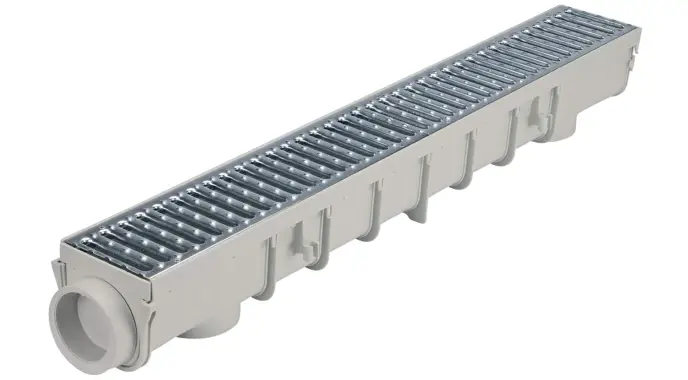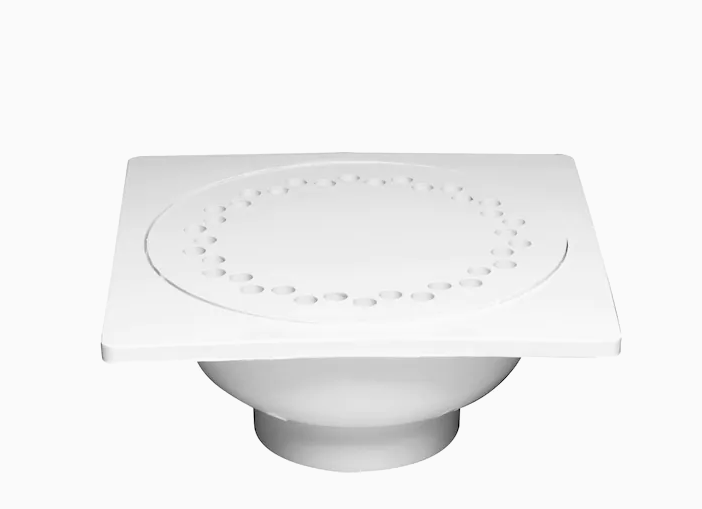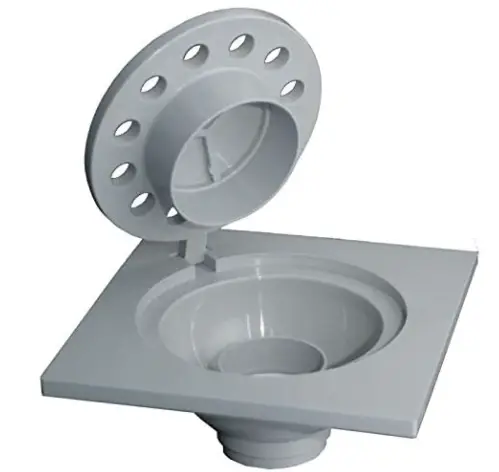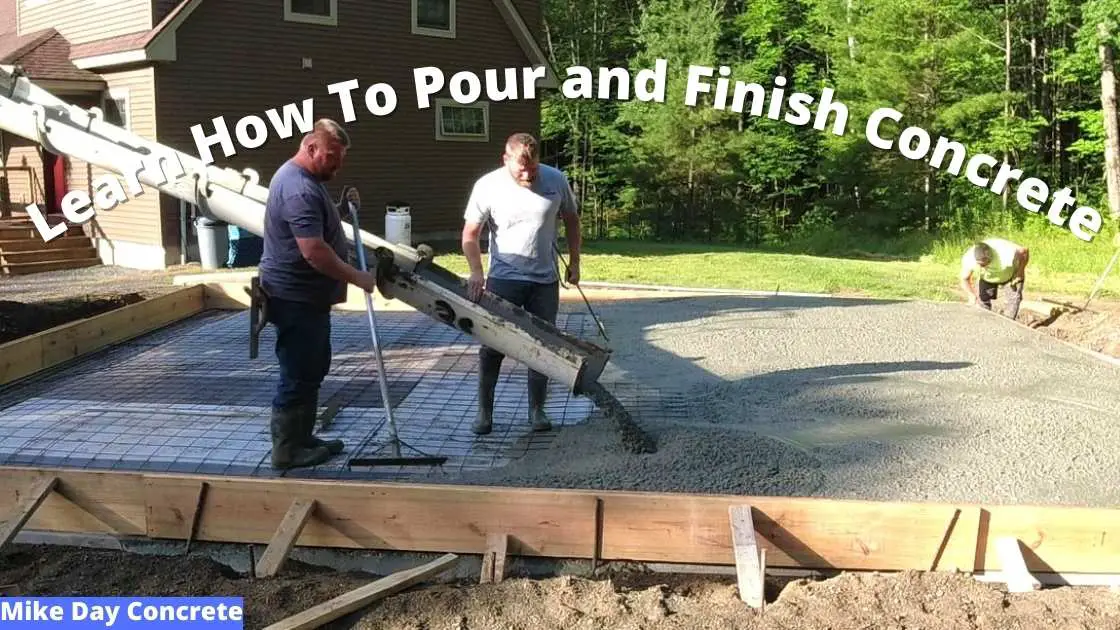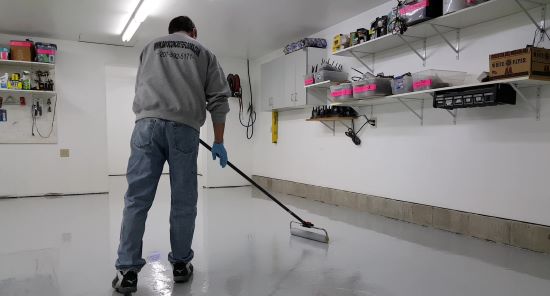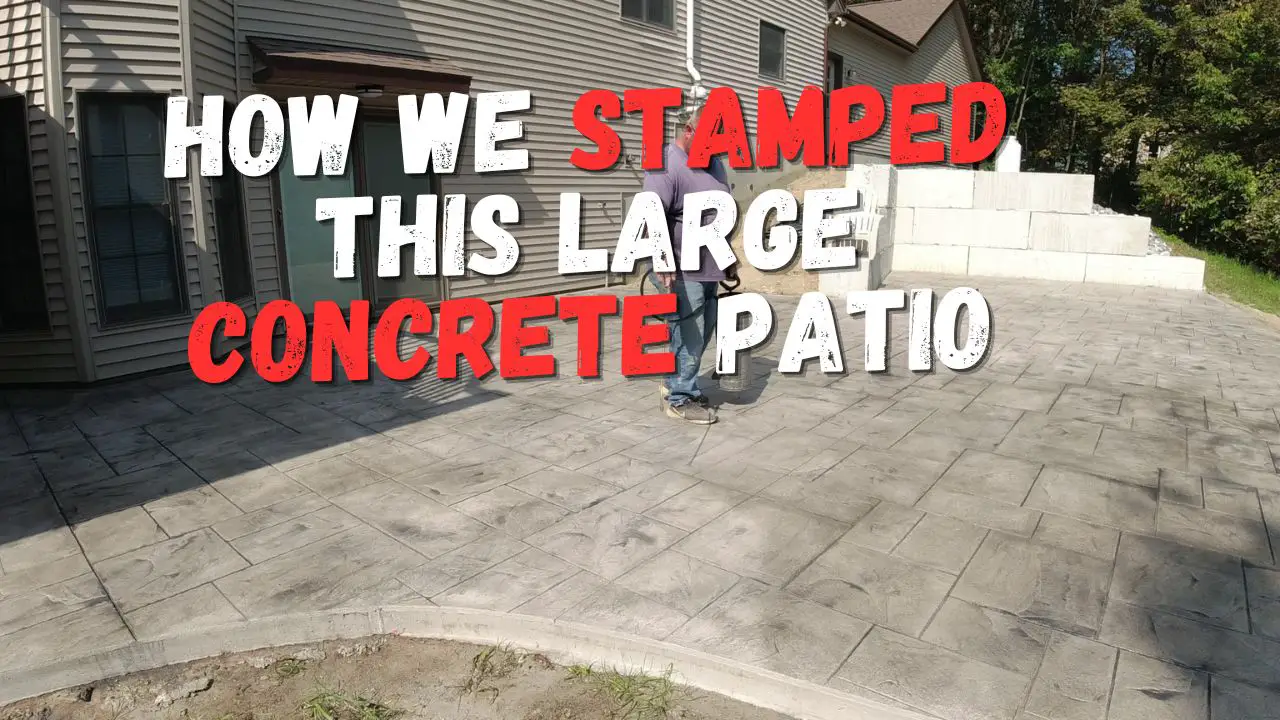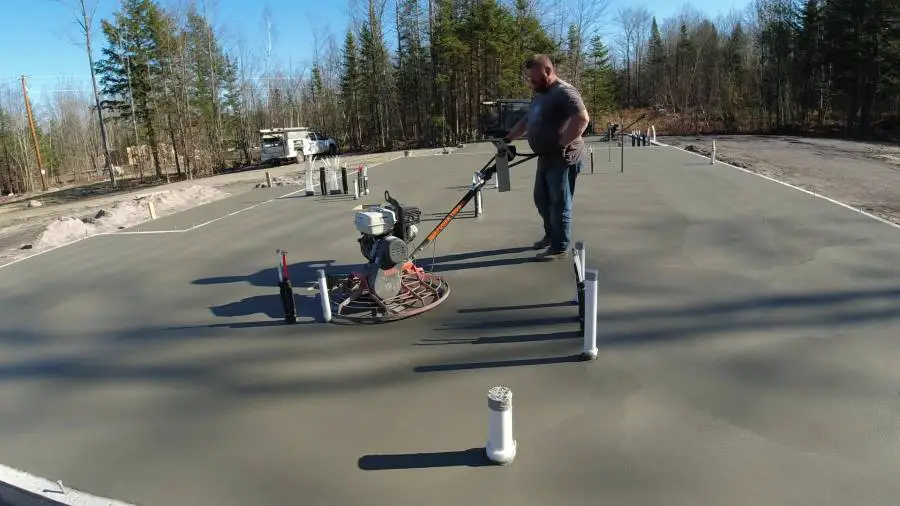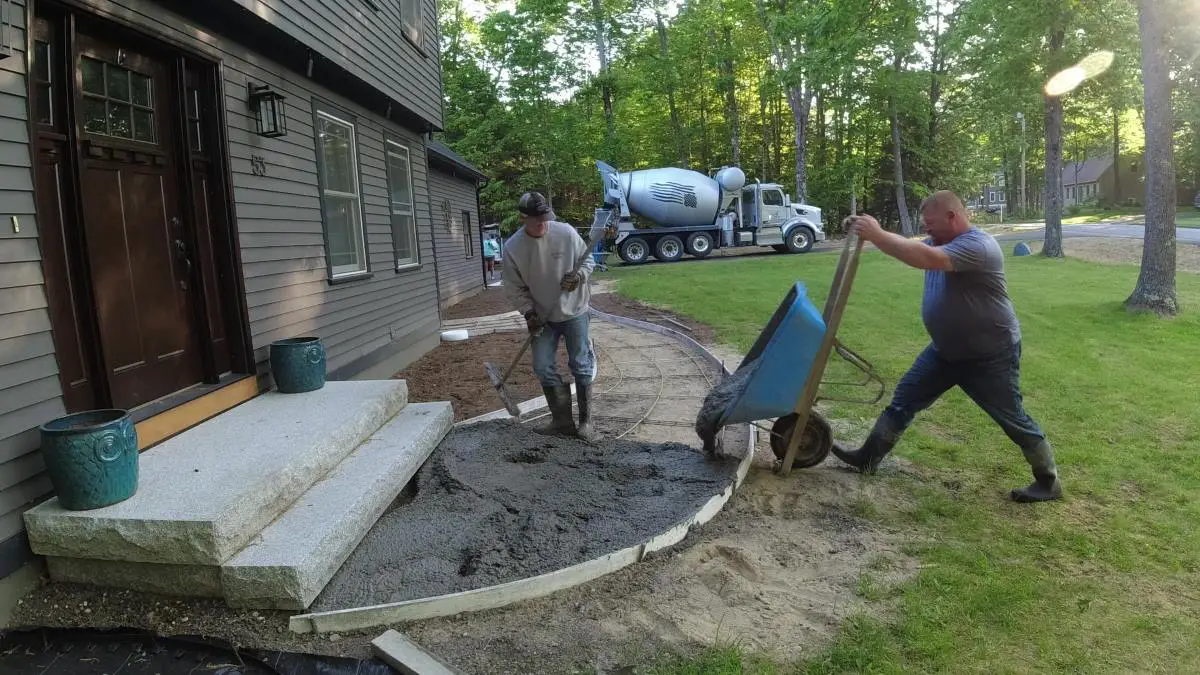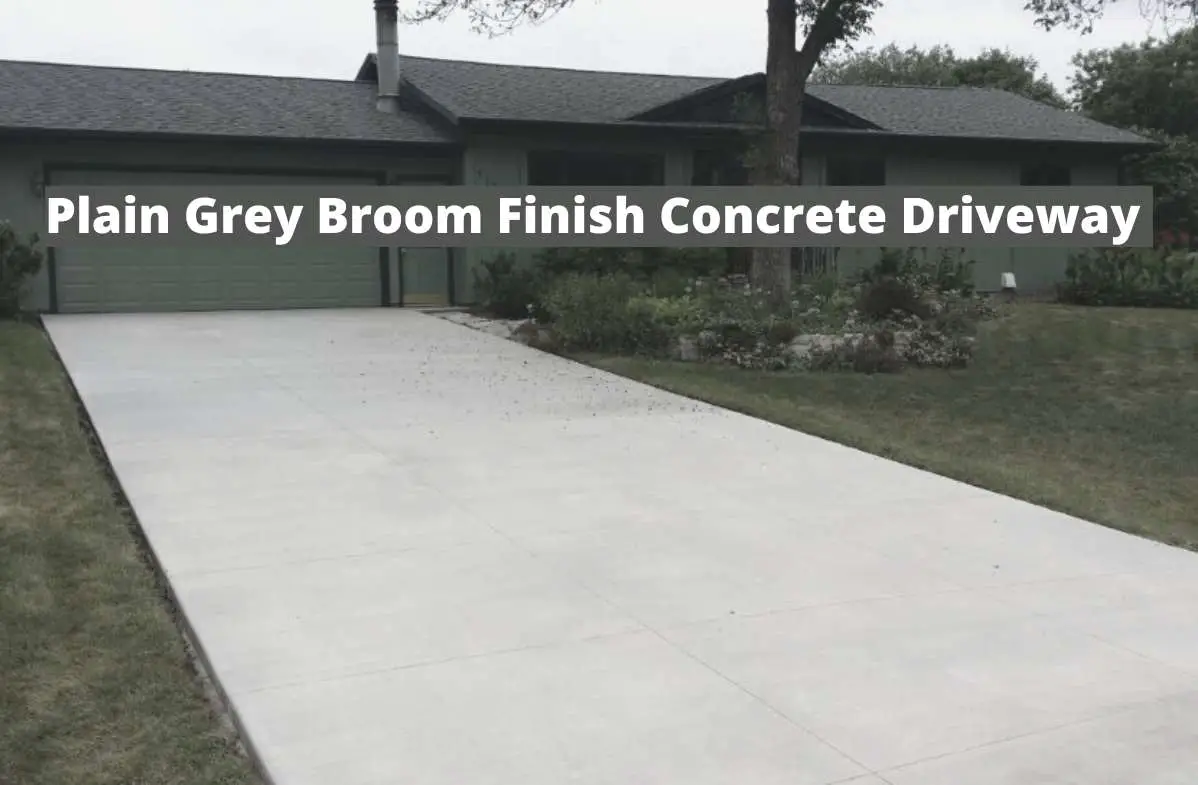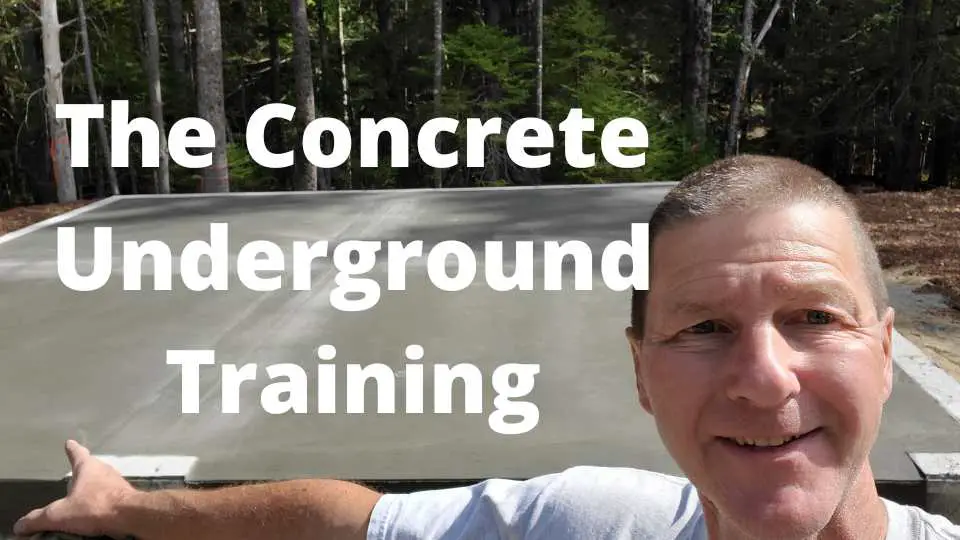The Importance of an Efficient Garage Floor Drain System
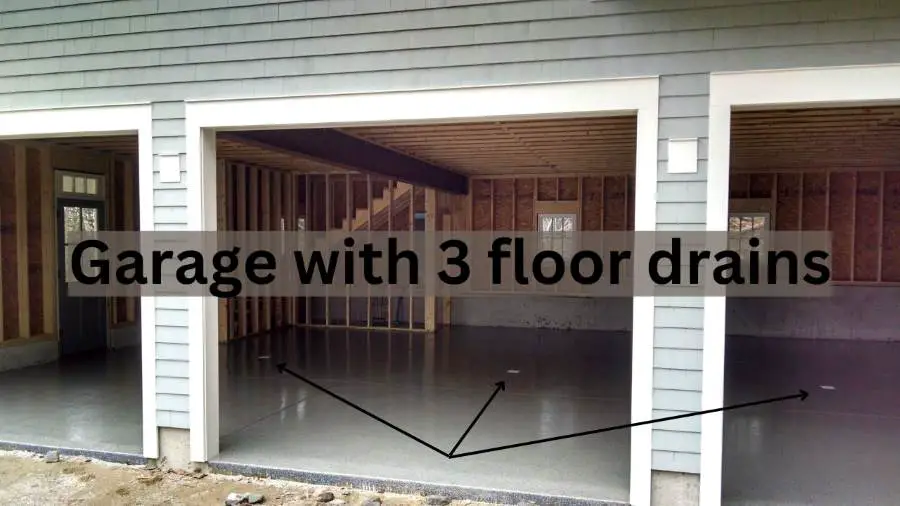
A garage floor drain is a highly effective solution for managing the water that accumulates on the floor. It is particularly useful for washing objects within the garage or cleaning the floor itself.
The drain prevents the water from penetrating the concrete surface or flowing onto the driveway, thereby keeping the garage floor and driveway clean and dry.
By directing the water flow into the drain, it is channeled away from the house and any potential water damage is averted.
Without a drain, liquid can accumulate on the concrete surface, resulting in the need for frequent cleaning or eventual absorption into the concrete.
The installation of a concrete floor drain is relatively straightforward and resembles the installation of a shower drain. The floor drain grate is visible, while the PVC pipes underneath the floor direct water outside and away from the driveway.
When choosing a floor drain, two main types are available, namely a single round, square or rectangular shaped drain or a long, narrow trench drain.
Trench drains are ideal near the garage door as they not only drain water but also prevent water from entering under the garage doors.
The floor drain may be fitted with a simple P-trap, similar to that found beneath most bathroom sinks, which creates a water seal while also permitting debris to accumulate. Alternatively, some designs simply direct water out, much like a gutter, without any complex piping.
Before installing a garage floor drain, it is important to verify any local building codes or regulations with the relevant authorities. In most cases, floor drains may be directed to the exterior of the home, similar to a gutter downspout.
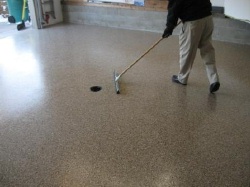
When the concrete floor is properly sloped to a floor drain, all the water runs into the drain keeping the floor dry. Without a drain, water just puddles and sits on the floor until it evaporates or is wiped up.
Pitching or sloping the entire garage floor from back to front, so water runs out the door and onto the driveway, is your other option.
A concrete floor drain is really quite simple to install, your first step is to decide what kind of floor drain you want.
There are two basic types of
garage floor drains
TRENCH DRAINS AND BELL TRAP DRAINS
| TRENCH DRAINS: Trench drains are really nice. They come in sections that can be connected to each other. These sections can be 18 inches long or 10 feet long depending on what brand you buy. You could install a small section in the center of your garage or connect enough pieces to run the entire length of your garage. |
Trench drains consist of two essential components: the drain and the grate. The drain is typically embedded within the concrete floor, and the grate is placed over the drain for added protection.
The trench drain system directs water into pipes and out of the garage, much like a conventional drain system.
A critical aspect of installing trench drains is ensuring that the drain remains stable during the pouring of the concrete floor.
Trench drains are more complex and costlier than basic floor drains, requiring precise installation to ensure proper drainage. The drain must be level and properly pitched into the pipe to function effectively.
When selecting a trench drain, it is recommended to choose one made of polymer concrete, with a galvanized or stainless steel grate.
This material is strong and durable, capable of supporting the weight of vehicles, such as cars and trucks. Additionally, a drain with built-in pitch eliminates the need to manually create the proper slope for optimal drainage.
Proper installation of the trench drain, along with a concrete floor with the appropriate slope, will ensure that water does not accumulate within the garage. An effective drain system is crucial to preventing water-related issues and maintaining a clean and dry space.

Here's a very good trench drain you can get on Amazon
BELL TRAP DRAINS:
A square garage floor drain (these also come round) is a simple, very easy to install floor drain. We install twice as many of these concrete floor drains versus the trench drains. They are very inexpensive and much faster & easier to put in place.
Bell trap drains come in 6, 9, and 12 inch square or round shapes.
These PVC floor drains are durable enough for any residential garage floor, a steel one might be a better choice for a commercial garage.
This one has a removable cover so you can clean out the bell trap if you need to.
I personally like this size floor drain for garages 24' x 24' or larger.
This is a 6 inch pvc floor drain we use in garages and basement floors.
It has a hinged cover you can lift if you need to clean the trap.
I install a lot of these for single bay garages. I usually install in the center of the bay and slope the concrete floor towards the drain from all sides.
This drain will also handle a lot of water. You could easily wash your car in the garage and not see any puddles.
You could install one in the center of the garage floor or put one in the center of each garage bay.
If the concrete floor has enough slope towards the drain, a bell trap drain will easily remove any water that gets
on the garage floor.
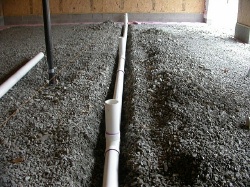
How much does it cost to install a floor drain?
A 9 inch bell trap drain cost about 20.00 dollars. A 4" by 10 foot long drain pipe cost about 11.00 dollars at Lowe's. Depending on what lengths you need and any miscellaneous elbows or Tee fittings, not very much for this drainage system.
Trench drains are quite a bit more expensive. Most of them come in sections of about 3 feet long. They can range in price from 10 dollars per lineal foot for the plastic / polypropylene ones to 10 - 30 dollars per ft. (and sometimes more) for the polymer ones.
There's many choices for trench drains. They come in different depths and widths. The type of grate you choose will also impact the cost per ft.
Should I install the floor drain or hire a professional?
Installing either of these garage floor drains takes a little pre-planning. Where and how the drain pipe will exit the garage is very important.
If you're installing concrete walls to build the garage on,
you will have to have some kind of hole in the wall for the pipe to go
through.
Digging the trench, installing the drain pipe, and setting the bell trap floor drain or the trench drain are all things you can do yourself.
It is physical work and getting all the pitches right involves some attention to detail.
I like to pitch the concrete floor at least 1/8 inch per foot towards the drain from the farthest corner when I install the concrete floor.
Garage floor drain building codes
It is crucial to adhere to the local building codes when installing a garage floor drain.
Before beginning the installation process, consult with the local inspector to ensure that the drain will be installed in accordance with the regulations.
In some jurisdictions, it may be necessary to incorporate a filtration or oil separator system in order to prevent oil from flowing into local streams or sewers.
Furthermore, the inspector may need to inspect the slope of the drain pipe to confirm that it is properly pitched.
Building codes serve as minimum standards for safety, and it is always recommended to construct beyond the requirements. As building codes are subject to revision, it is important to verify the current regulations with the local building department.
Coastal regions and urban areas may have stricter regulations regarding drainage compared to rural areas.
It is generally required for a garage floor to have a slope towards the exterior door for efficient liquid flow. The regulations for the drain pipe typically dictate its slope and the discharge location, but not necessarily the type of drain to be used.
Before starting any construction work, it is advisable to verify the local building code requirements regarding the choice between a trench or bell-style drain.
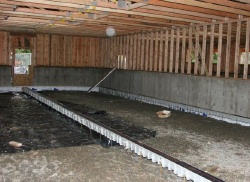 Trench drain before concrete | 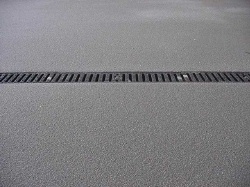 Trench drain after concrete |
Simple garage floor drainage solution
If you're building a new garage and have an excavating contractor or a plumber already working there, it might be easier just to let them install the garage floor drains, they already have all the equipment and experience to do it correctly.
Hiring a professional concrete floor contractor, one with good references, should insure the concrete floor slopes to the floor drain. Having a puddle of water sit right next to the floor drain is very frustrating and difficult to fix.
Feel free to contact me if you have any questions about concrete floor drains or installing the floor drains, I will do my best to answer your questions.
Here's a 9 inch bell trap floor drain you can buy on Amazon.com
Disclaimer: I am an affiliate of Amazon. If you click through to Amazon and purchase a floor drain, I will make a small commission. Thank you!
HERE'S SOME MORE INFORMATION YOU MAY LIKE:
HOW TO PAINT GARAGE FLOOR COATINGS
EPOXY GARAGE FLOOR COATING PREPARATION
GARAGE FLOOR PAINT BEST VS WORST
CLEANING GARAGE FLOORS